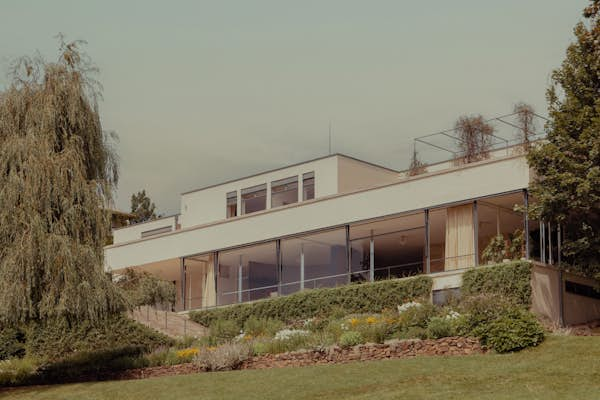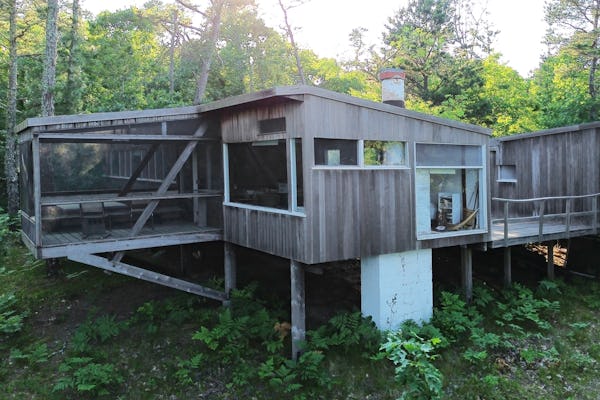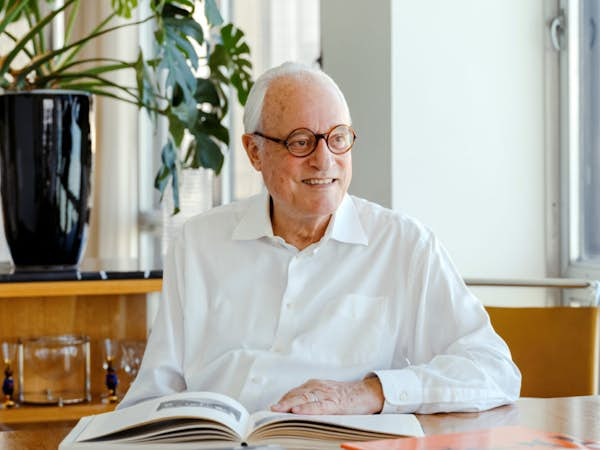Creating volume
Knoll collaborated with Sharon Johnston and Mark Lee of architecture firm Johnston Marklee in the design of the Biboni Sofa. We recently sat down with them to discuss their work, studio, and creative approach.
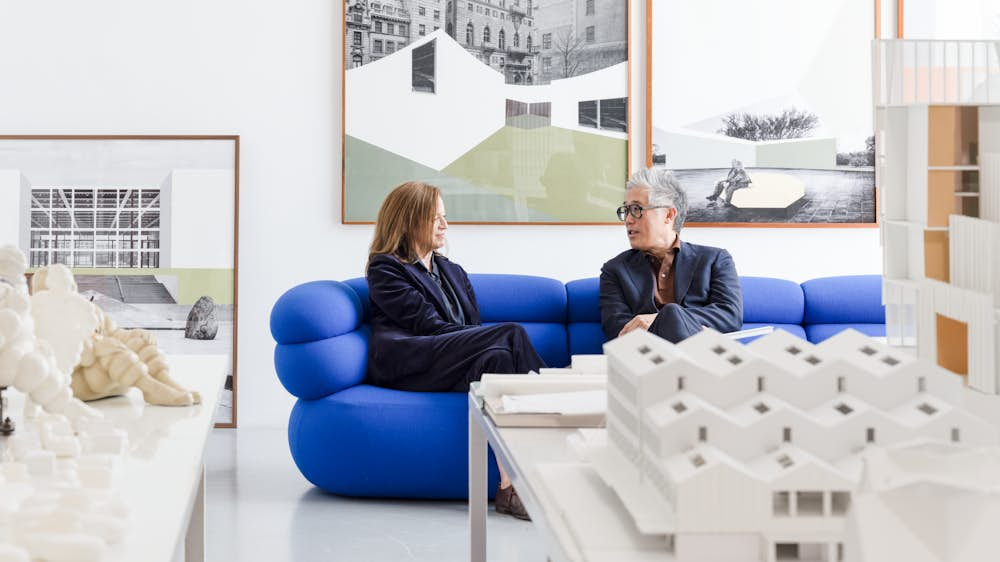
What do clients seek you out for?
Sharon Johnston: The foundation of our experience is in the arts. We’ve designed everything from artists' studios to museums, and we understand the ecology of working in complex environments, where there is a lot of dynamism and collaboration.
Mark Lee: People come to us for the kind of specificity with which we engage each project. There’s a certain DNA that connects our buildings but they’re all quite different. Clients come to us because they want to go on a journey with us, and they’re confident that this open-endedness will lead to something they hadn’t imagined before.
How do you begin your process?
SJ: We begin with an open mind. We also take a rigorous approach to understanding the technical parameters and conditions of the project, so those things become part of the language from the beginning and not limitations. There’s a technical track and there’s a form-making program, and those things inch along. Then there’s a moment where we find a kind of synergy between a technical, structural, or formal idea and some kind of spatial language. And that’s the opportunity. That's the moment where the project crystallizes.
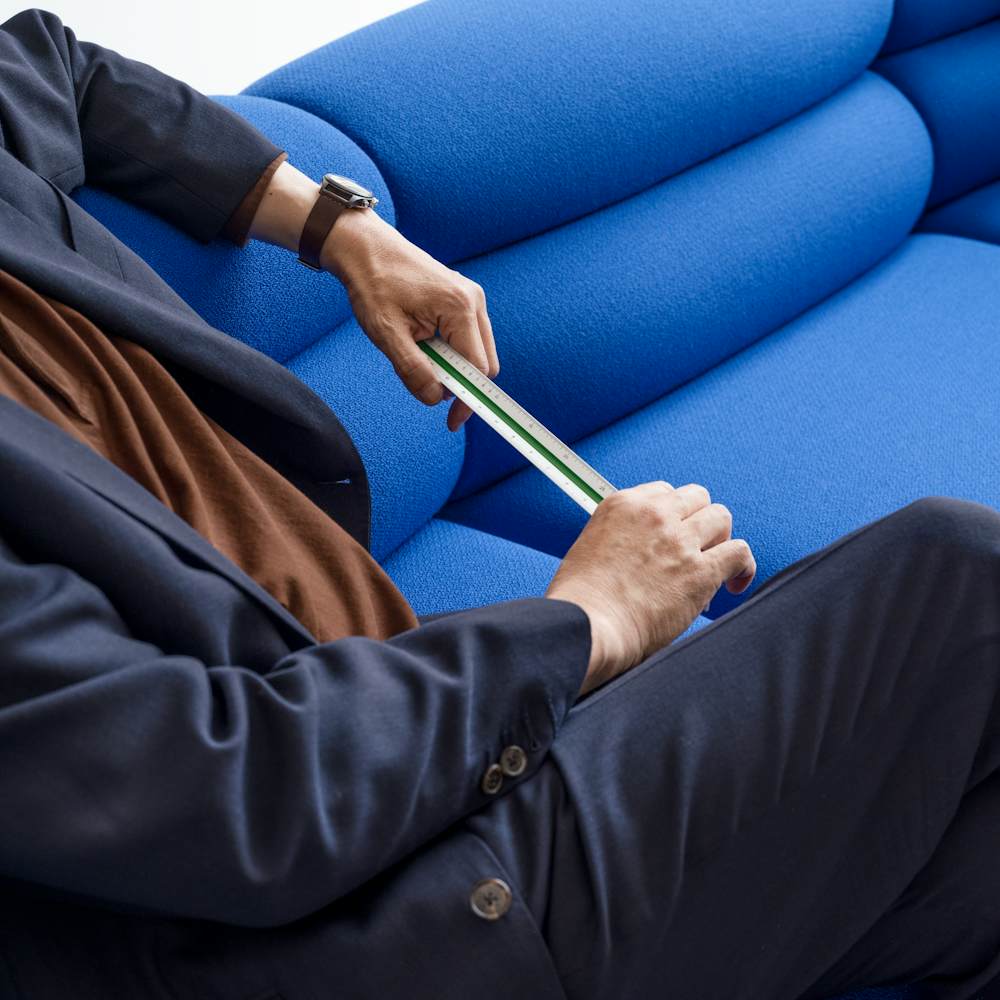
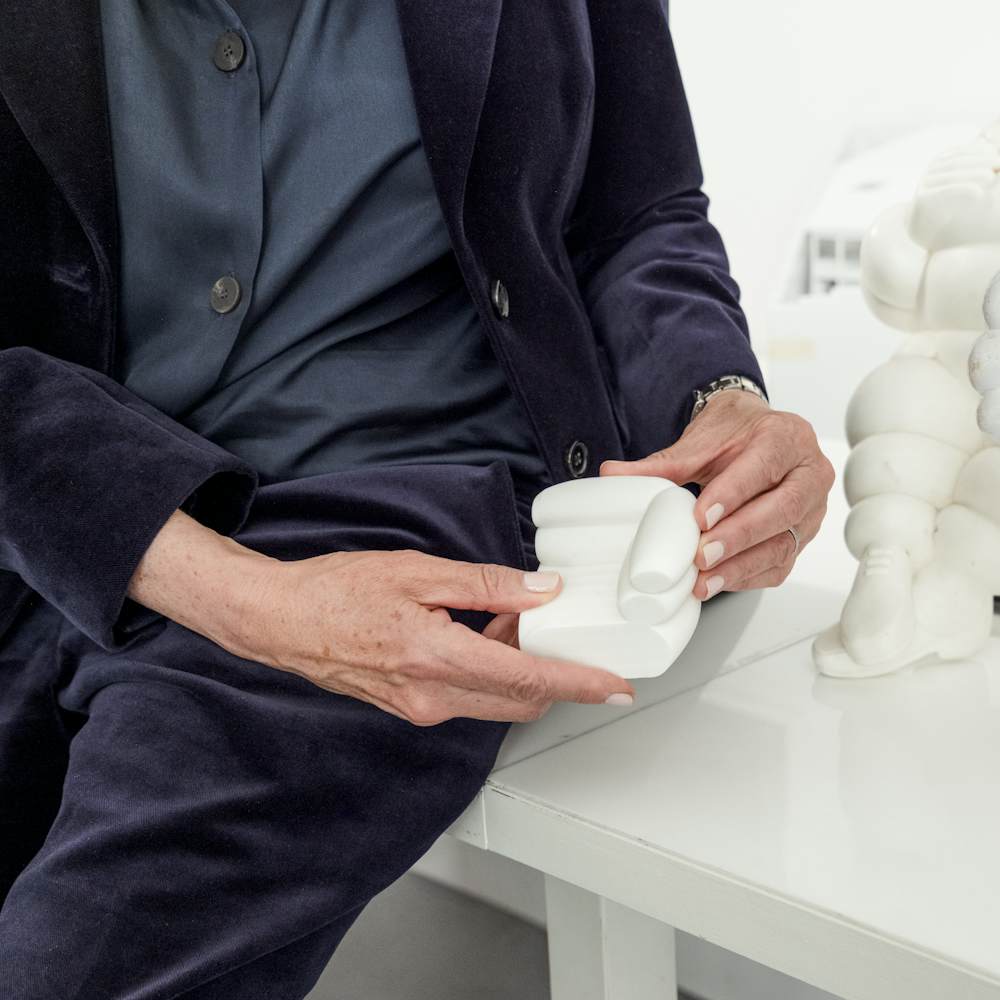
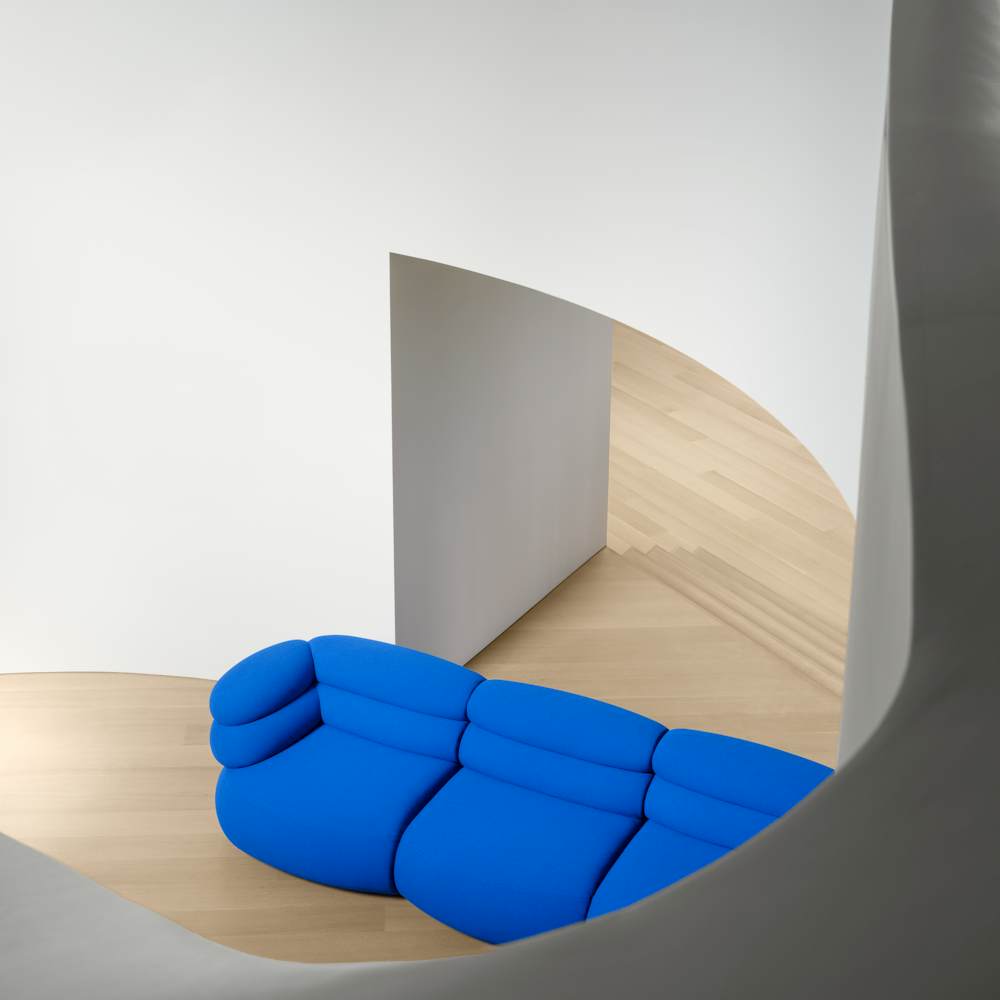
You refer to your work as relational. What do you mean by that?
SJ: Whether we’re designing residences, museums, or institutional spaces, we’re always thinking about the relationship between people and objects in the room. How do you enter and move throughout… even if we’re not designing the interior, we always have our team draw furniture in spaces because the experience is about scale and orientation.
ML: When planning furniture there’s an urbanism to it in the way that we think about the relationship of the space of the room and how you move and occupy it. We see the connection between the body, the furniture, and the architecture as a kind of conversation. And it’s not just one conversation. How Philip Johnson organized Ludwig Mies van der Rohe furniture was so different from how Mies organized his own pieces. Furniture comes together and it’s almost like putting buildings together to form a city.
What is your Los Angeles studio like?
SJ: We have a two-story space in a warehouse that’s filled with inspiring things. It’s a little bit of a Wunderkammer kind of environment where you stumble upon collections of books and art and objects. In many ways, it’s like a lab space in how it gives us the flexibility to move between machines and research and making things.
ML: Because of the nature of our space, every day in the office is a little bit different. It promotes a kind of active looking, which I find inspiring. You never know when you might catch a glimpse of something unexpected, which creates a sense of discovery.
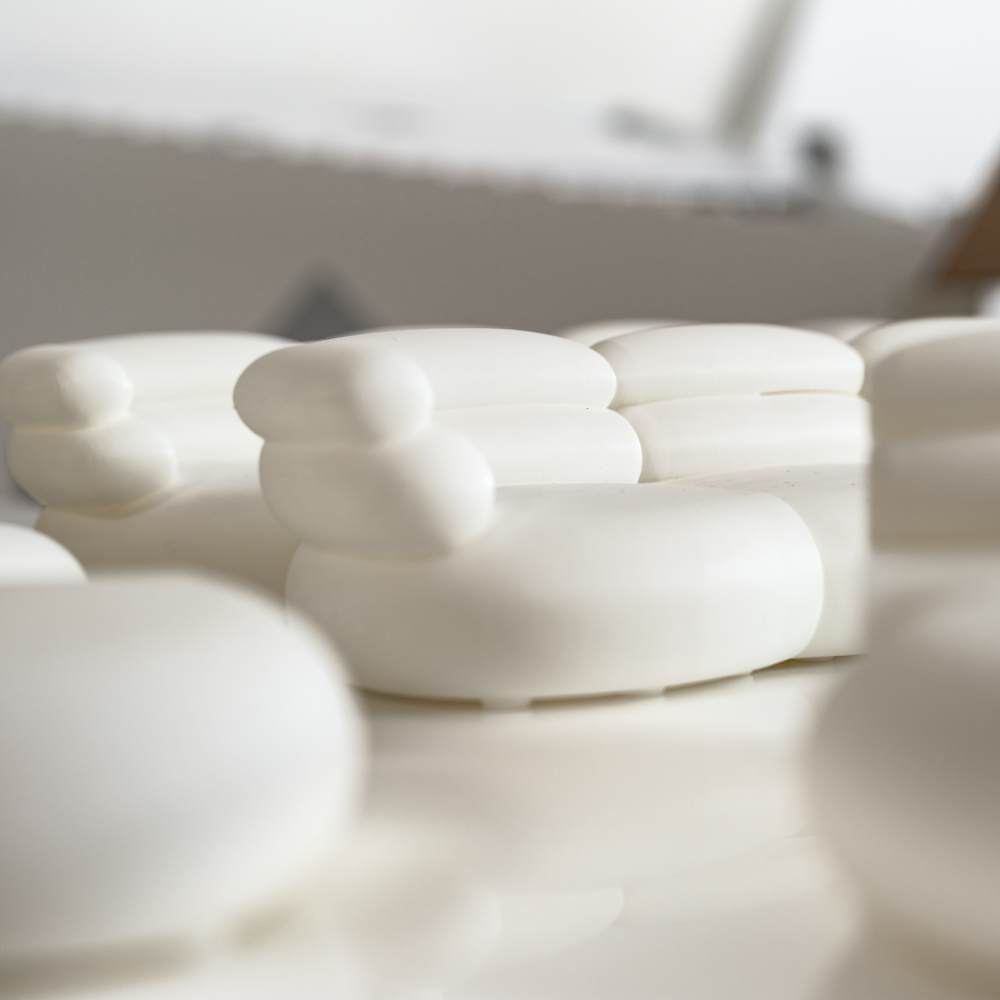
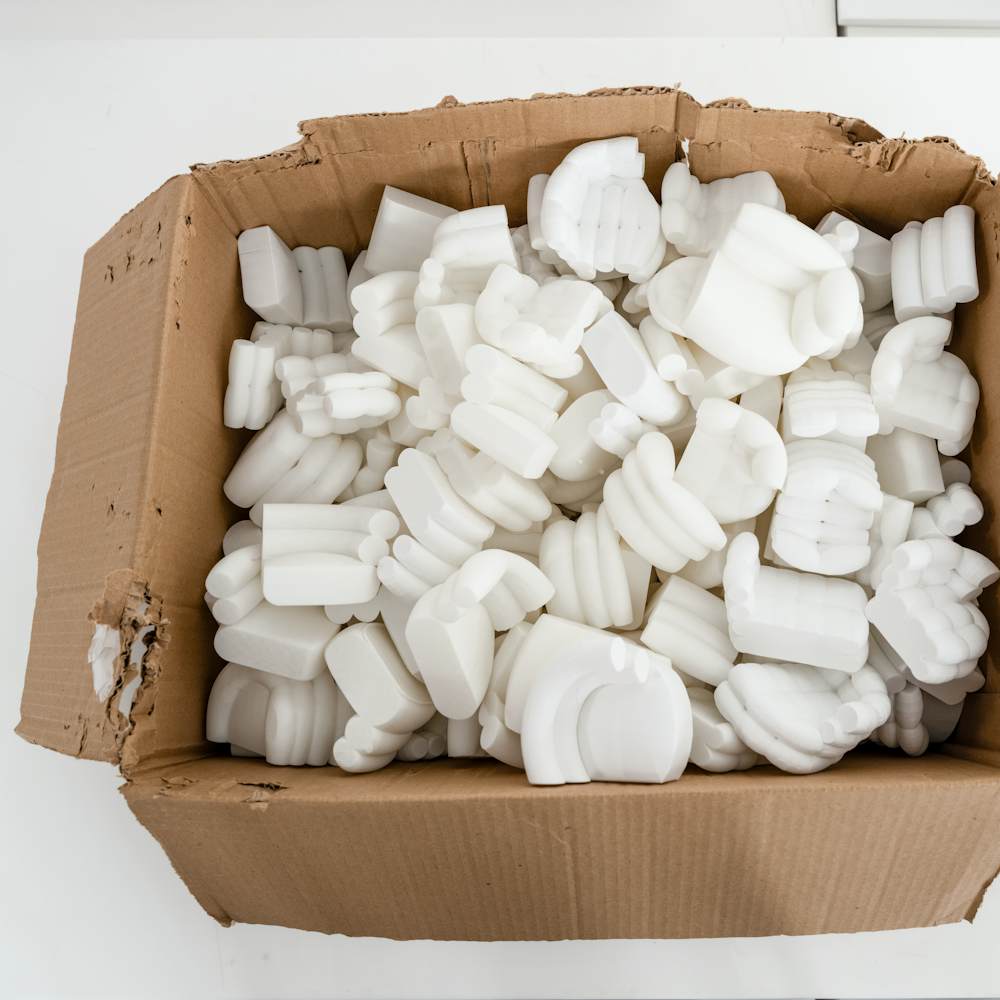
undefined — “We see the connection between the body, the furniture, and the architecture as a kind of conversation.”
Knoll photographed the Biboni Sofa at Casa de Mont, which you also designed. What was unique about designing that house?
SJ: The home was designed for a couple and their art collection. Controlling daylight was very important to protect the art, but we also wanted the house to feel connected to the outdoor space, with views of the surrounding landscape. It had this duality of needing to feel open while also being enclosed.
ML: Having walls for art was important, and the clients wanted the intimacy of small rooms like a study or dining room, but they also wanted to feel as if they were immersed in the entire floor plate. That led us to this approach of framing rooms, but not discreet rooms. There’s an ambiguity between enclosed and open.
What is it about this space and the Biboni Sofa that makes them work so well together?
SJ: Casa de Mont is a very cinematic environment, and the Biboni Sofa is very dynamic when seen in the round. We thought a lot about how light falls on the piece and how that amplifies its sculptural silhouette.
ML: There is fluidity in how the spaces in the home interconnect, and the Biboni Sofa complements that—it brings out the sculptural qualities of the space and vice versa.
About Johnston Marklee
Los Angeles-based architectural firm Johnston Marklee was founded by Sharon Johnston and Mark Lee in 1998. Curved and scalloped forms are native to their work, which includes the Vault House in Oxnard, California; Pavilion of Six Views in Shanghai, China; and Dropbox Global Headquarters in San Francisco, California.
Photography by Janna Ireland











